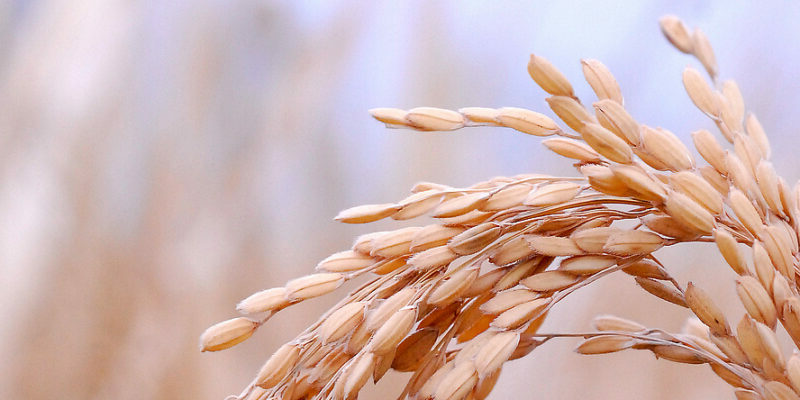
With their expertise in microbiome research, researchers were able to demonstrate how a specific bacterium inside the seeds of rice plants effectively and in an eco-friendly way inhibits destructive plant pathogens.

With their expertise in microbiome research, researchers were able to demonstrate how a specific bacterium inside the seeds of rice plants effectively and in an eco-friendly way inhibits destructive plant pathogens.

Researchers have gain deeper knowledge of plant growth by treating seedlings with painkillers like Aspirin and the like. For centuries humans were using willow barks to treat a headache or an inflamed tooth. Later, the active ingredient, the plant hormone salicylic acid, was used to develop painkillers like Aspirin. But what happens, if plants are treated with these painkillers? By doing so, scientists discovered an unexpected bioactivity of human pharmaceuticals in plants.

A plant used in traditional Chinese medicine has evolved to become less visible to humans, new research shows. Scientists found that Fritillaria delavayi plants, which live on rocky slopes of China’s Hengduan mountains, match their backgrounds most closely in areas where they are heavily harvested.
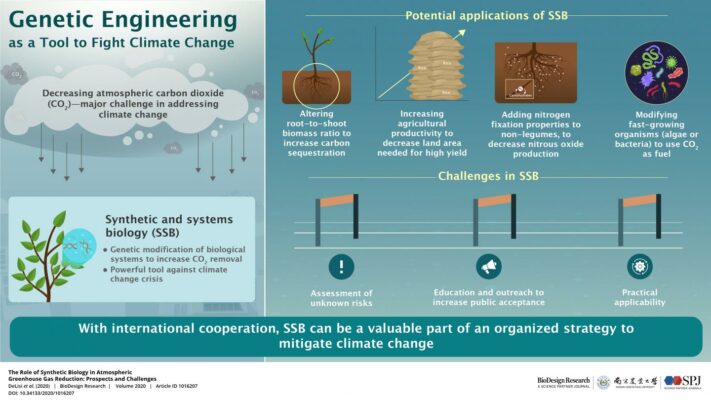
Climate change is a major global crisis. Despite international agreements to fight climate change, greenhouse gas emissions continue to increase and global temperatures continue to rise. The potential effects on our lives are drastic: recent wildfires in the US and Australia, floods due to heavier precipitation, and heavy losses of crops are all indicative of this. But simply reducing the production of greenhouse gases, although crucial, is not enough. The CO2that we’ve released, and are continuing to release into the atmosphere, remains there indefinitely. Climate change will thus continue to worsen unless atmospheric carbon is removed. Therefore, finding cutting-edge solutions for the active removal of greenhouse gases is crucial.

Many plant scientists rely on open access to information such as DNA sequence data to do their work. They are probably also aware of obligations to respect access and benefit sharing (ABS) rights under the Convention on Biodiversity (CBD) and the Food and Agriculture Organization Treaty on Plant Genetic Resources for Food and Agriculture (The Treaty) and maybe the Nagoya Protocols on Access and Benefit Sharing. These arrangements have long been understood to cover the actual biological material (the plant) but international moves to extend these agreements to include associated data such as digital DNA sequence information (DSI) may impact more directly on the activities of plant scientists (Marden, 2018).
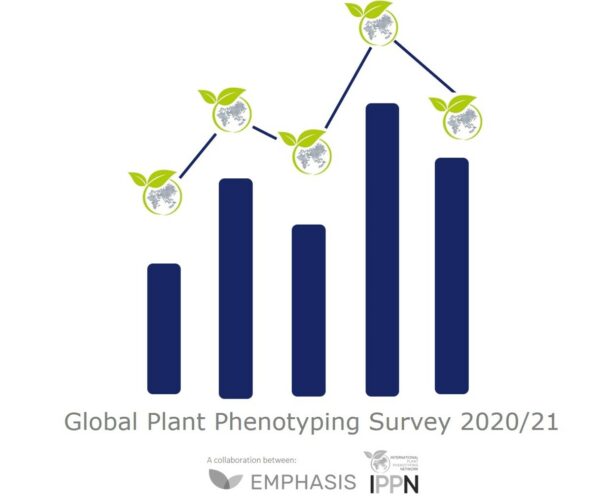
For the past six years, IPPN and EMPHASIS have carried out their bi-annual “Plant Phenotyping Surveys”. It covers basic and advanced questions related to plant phenotyping for the purpose of assessing the status of global plant phenotyping and emerging fields. The survey addresses participants from all geographic regions and in all professional disciplines in any way related to plant phenotyping.
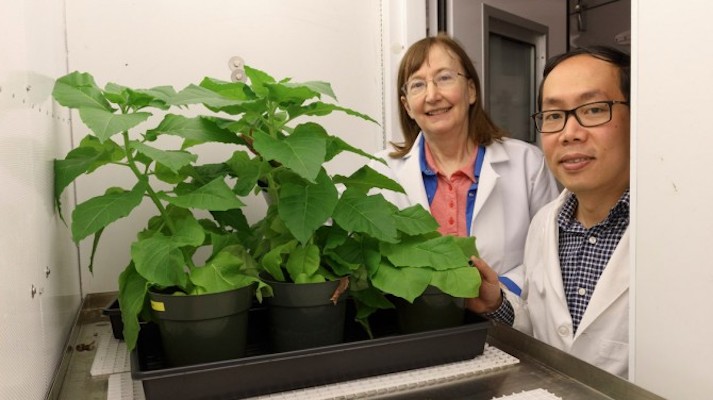
Scientists have engineered a key plant enzyme and introduced it in Escherichia coli bacteria in order to create an optimal experimental environment for studying how to speed up photosynthesis, a holy grail for improving crop yields. Scientists have known that crop yields would increase if they could accelerate the photosynthesis process, where plants convert carbon dioxide (CO2), water and light into oxygen and eventually into sucrose, a sugar used for energy and for building new plant tissue.
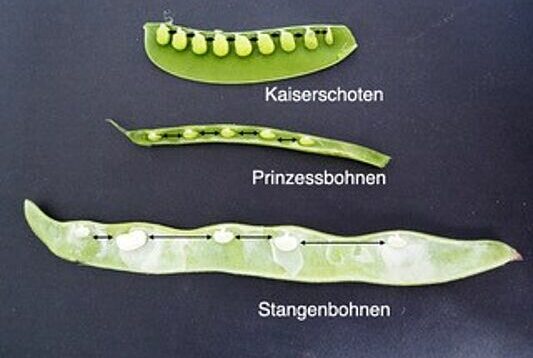
An international team of researchers led by biologists has examined how seed formation is coordinated with fruit growth. In their report, they explain the genetic control mechanisms underlying the process. If you open up a pea pod, you will find that all of the peas inside are the same size and the same distance apart. The same is true of princess beans, runner beans and soybeans as well as various other peas and beans, and it also applies to non-pulses. This is surprising because both the seed size and number and the pod size differ substantially from one variety to the next.

Plant geneticists seeking to understand the history of the plants we eat can decode the genomes of ancient crops from rare, well-preserved samples. However, this approach leaves significant gaps in the timelines of where and when many modern-day fruits, vegetables, and cereal crops evolved, and paints an incomplete picture of what they looked like. A Science & Society article details a unique approach to filling these gaps using art–and calls on museum goers and art aficionados to help find paintings that could have useful depictions.

Crop hybrid technologies have contributed to the significant yield improvement worldwide in the past decades. However, designing and maintaining a hybrid production line has always been complex and laborious. Now, researchers have developed a new system combining CRISPR-mediated genome editing with other approaches that could produce better seeds compared with conventional hybrid methods and shorten the production timeline by 5 to 10 years.